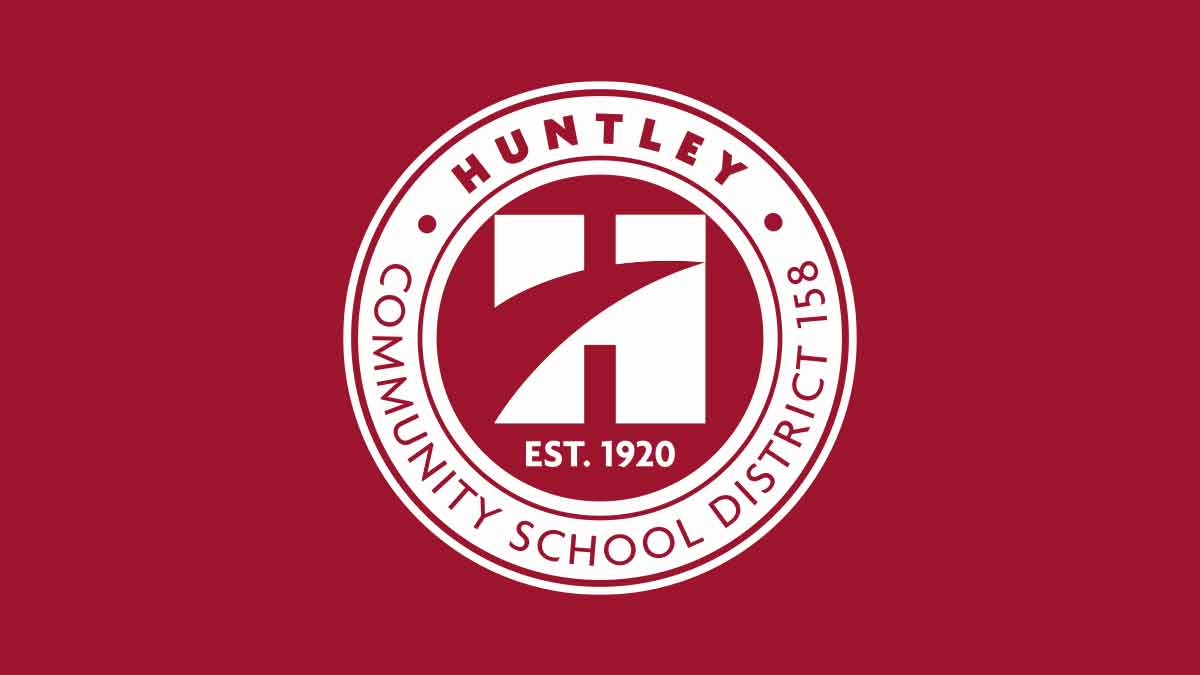What is a Visual Impairment?
A visual impairment is a loss of visual acuity and/or a loss of visual field. There are varying degrees and levels of visual impairments unique to each individual.
Low vision can be defined as a visual acuity between 20/70 and 20/400 with best possible correction, or a visual field of 20 degrees or less.
Blindness is described as a visual acuity lower than 20/400 with best possible correction, or a visual field of 10 degrees or less.
“Legally blind” is often a term used to describe an acuity of 20/200 or lower with best possible correction, or a visual field of 20 degrees or less.
Vision Itinerant Services
Based on individual needs, vision itinerants can offer a wide variety of specialized skill instruction and adaptive materials including:
- Braille Instruction & Tactile Enhancement
- Assistive Technology Instruction
- Auditory Enhancement & Equipment Use
- Reinforcement of Existing Visual Skills & Performance
- Evaluation of Visual Skills & Determination of Educational Planning
Orientation & Mobility Services
The goal of Orientation & Mobility instruction is to attain a student’s highest potential of age/developmentally appropriate independent travel skills, and to provide access to the community.
Possible areas of O&M instruction include but not limited to:
- Sensory/Concept Development
- Spatial/Environmental Awareness
- Familiarization Techniques
- Cane Techniques
- Use of large print maps, tactile maps, and GPS devices
- Use of community resources
- Residential and community travel skills
- Route planning and execution
- Public transportation
- Simulated night time travel
Dependent upon each student’s educational programming, consistent collaboration occurs among the following service providers to promote a positive and effective educational experience.
- Vision Itinerant
- Orientation & Mobility Specialist
- General Education Teacher
- Special Education Teacher
- Social Worker
- Speech & Language Pathologist
- Hearing Itinerant
- Occupational Therapist
- Physical Therapist
- Adaptive Physical Education Teacher
What is the role of a Vision Itinerant?
A Vision Itinerant is a certified teacher of the visually impaired. She/he travels to each student’s school and collaborates with the educational team to provide:
- Specialized materials & Adaptive equipment
- Consultation and training to involved staff members
- Ongoing observation and evaluation of student’s visual functioning and performance
- Assistance with educational planning based on visual needs
- Specialized skill instruction to each student based on visual, academic, and functional needs
What is the role of an Orientation & Mobility Specialist?
An Orientation & Mobility (O&M) Specialist is a certified teacher who who has completed a recognized university program at the Master’s level. In addition, each specialist must maintain certification through ACVREP (The Academy for Certification of Vision Rehabilitation and Education Professionals).
Orientation and Mobility is a unique and integral part of the expanded core curriculum for blind and visually impaired students.
Orientation is understanding where one is, where one is going, and how to get there safely and efficiently. Persons who are blind or visually impaired need to use their remaining senses to understand their location in relationship to the surrounding environment.
Mobility is the mechanics of getting from one point to another in the environment. Persons who are blind or visually impaired often need to use special techniques and tools when they move around independently.
O&M instruction includes teaching students who are blind/visually impaired how to get around safely, efficiently, independently and with purpose within their homes, neighborhoods, schools, and communities.
